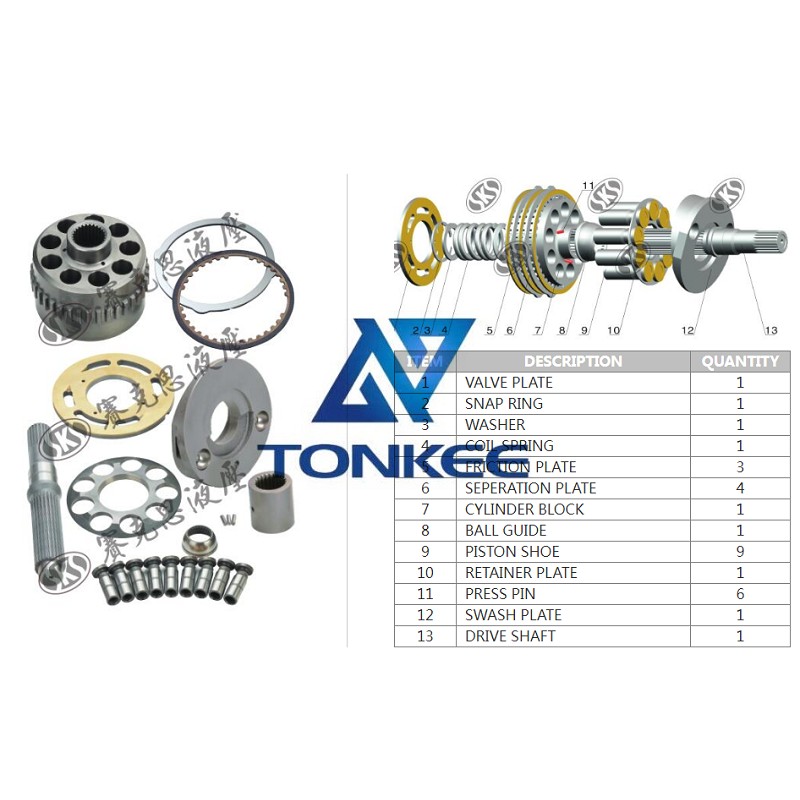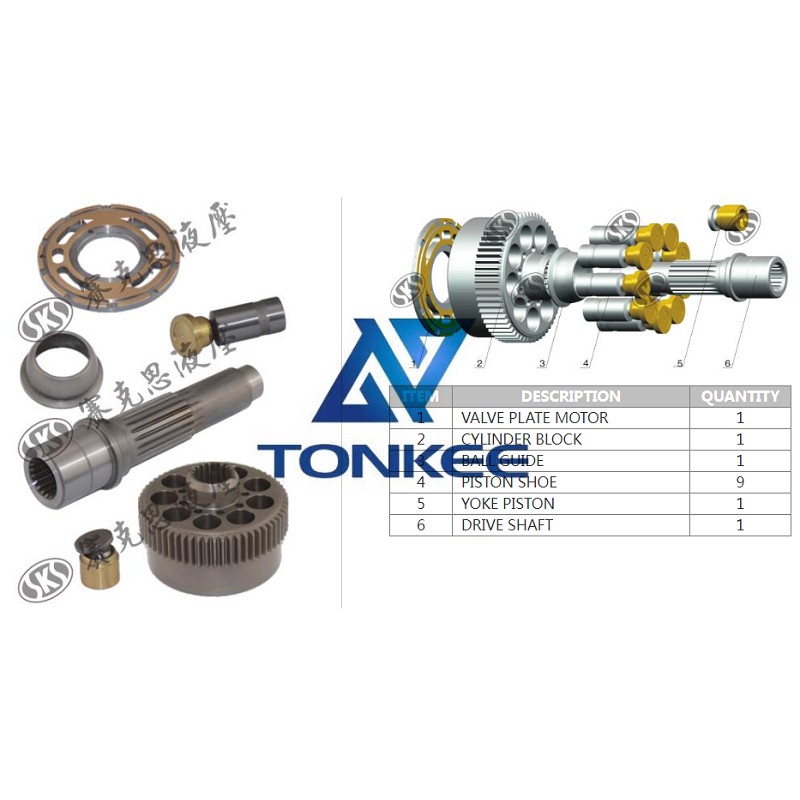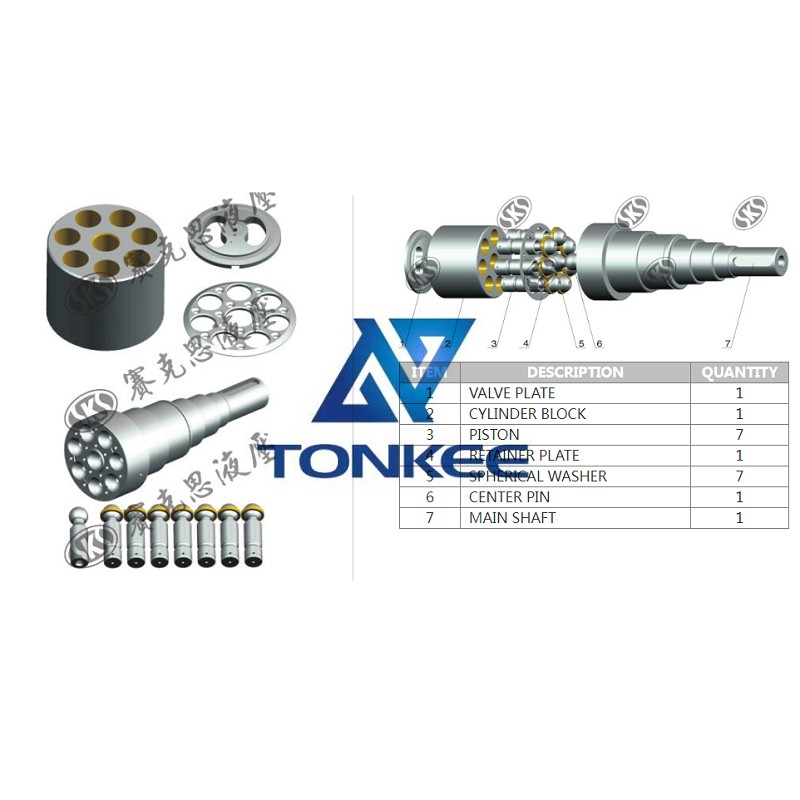INQUIRY
enquiry form:
enquiry content:

You have no items to require

Add Successfully
INQUIRY
enquiry form:
enquiry content:

You have no items to require

Add Successfully
More Products

 English
English português
português Русский язык
Русский язык











